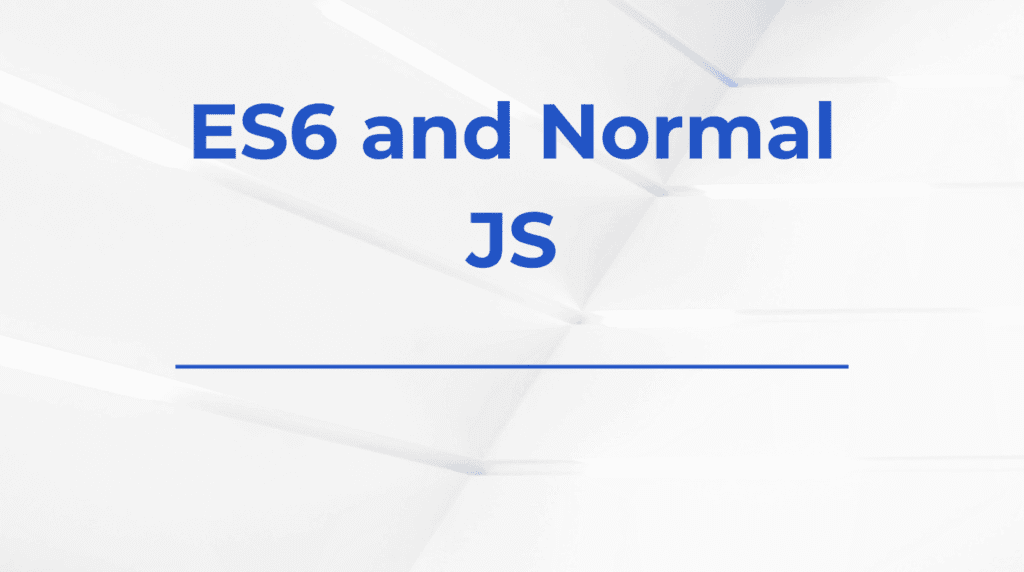Managing form state in React is often seen as a complex task, especially when forms involve asynchronous actions, validations, and dynamic feedback like success or error messages. React 18 introduced a new hook, useActionState, which is specifically designed to simplify how we manage form state. Instead of juggling multiple useState hooks and handlers, this new hook gives us a more declarative and centralized way to manage state resulting from form submissions.
In this blog, I’ll walk you through how form state works with useActionState in React, when to use it, and how it makes form handling simpler and more efficient.
What is useActionState?
useActionState is a React hook that manages the result of a user action—most commonly a form submission. It connects directly to a <form> element through its action attribute and allows you to define a handler function that processes the submitted data and returns a new state object. That returned state is then automatically stored and made available for rendering.
This means we no longer have to manually extract form data, call setState, or handle event objects directly. React takes care of capturing the form data and calling our logic, making form components cleaner and easier to maintain.
Syntax and Parameters
Here’s the basic structure of useActionState:
const [state, actionFn] = useActionState(
async (previousState, formData) => {
// logic
return newState;
},
initialState
)
stateis the current form-related state.actionFnis passed to theactionattribute of the form.previousStateis the last state returned by the function.formDatais aFormDataobject containing the submitted form inputs.initialStateis the default state before any submission.
Managing Form State with useActionState
Let’s consider a real-world example—a user feedback form. The form collects a name and a message and displays feedback depending on the result of the submission.
import React, { useActionState } from 'react';
function FeedbackForm() {
const [formState, formAction] = useActionState(async (prev, formData) => {
const name = formData.get('name');
const message = formData.get('message');
if (!name || !message) {
return { error: 'All fields are required.', success: null };
}
await new Promise(resolve => setTimeout(resolve, 1000)); // simulate API call
return { success: 'Thanks for your feedback!', error: null };
}, { success: null, error: null });
return (
<form action={formAction}>
<input type="text" name="name" placeholder="Your name" />
<textarea name="message" placeholder="Your message"></textarea>
<button type="submit">Send</button>
{formState.error && <p style={{ color: 'red' }}>{formState.error}</p>}
{formState.success && <p style={{ color: 'green' }}>{formState.success}</p>}
</form>
);
}
In this example, the state returned from the form submission becomes the new formState, which is then used to show feedback messages. This makes the form logic self-contained and declarative.
Benefits of Using useActionState for Form State
The key advantage of using useActionState is that it centralizes all form-related logic. Here’s why that’s helpful:
Simplified state updates: You don’t need to create multiple useState hooks to track loading, errors, or response messages. The hook handles it with a single returned object.
Better structure for async logic: Since your function can be asynchronous, you can easily integrate server requests or validation logic.
Form integration is direct: Instead of attaching onSubmit handlers and manually preventing default behavior, you just assign the returned action function to the form’s action prop.
Declarative UI updates: The state returned from your action function is reactive. It automatically causes a re-render, and you can display messages or results right after the form.
When to Use useActionState for Form State
useActionState is best suited for forms where the outcome of submission affects the component’s local state. Here are some examples:
- Login or registration forms
- Contact or feedback forms
- Newsletter sign-up forms
- Forms with async validations
- Admin panel actions like creating or updating records
In all of these cases, the result of the form action is local to that component and doesn’t need to be managed globally, making useActionState a perfect fit.
Considerations and Limitations
While useActionState is powerful, there are some things to keep in mind:
- It only works with
<form>elements. You must assign the action function to theactionattribute of a form. - It is available in React 18.2 and above, so ensure your project is using the correct version.
- It’s meant for local state—not a replacement for global state libraries like Redux or Zustand.
- Since the form uses
FormData, you can’t access the form values using controlled components unless you also bind their values manually.
Conclusion
Using useActionState to manage form state in React can drastically simplify your form logic. It reduces boilerplate, improves readability, and makes your components more declarative. By returning all feedback and results from a single function, you keep your code clean and organized.
If you’re using React 18.2 or later and your app contains forms that need to handle submissions, validation, or feedback, useActionState is a modern and efficient solution for managing local form state. Try it in your next project and experience the difference.









